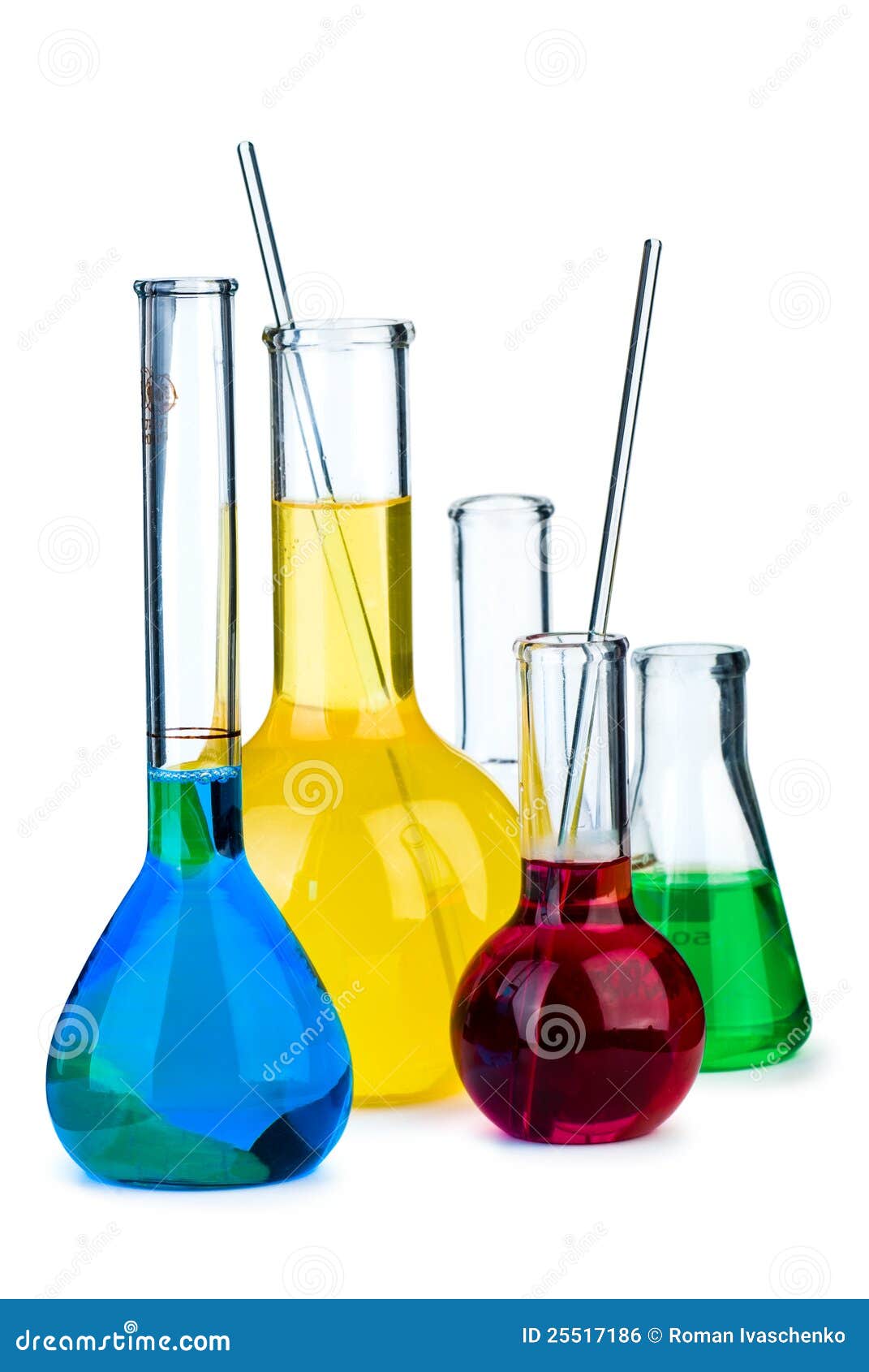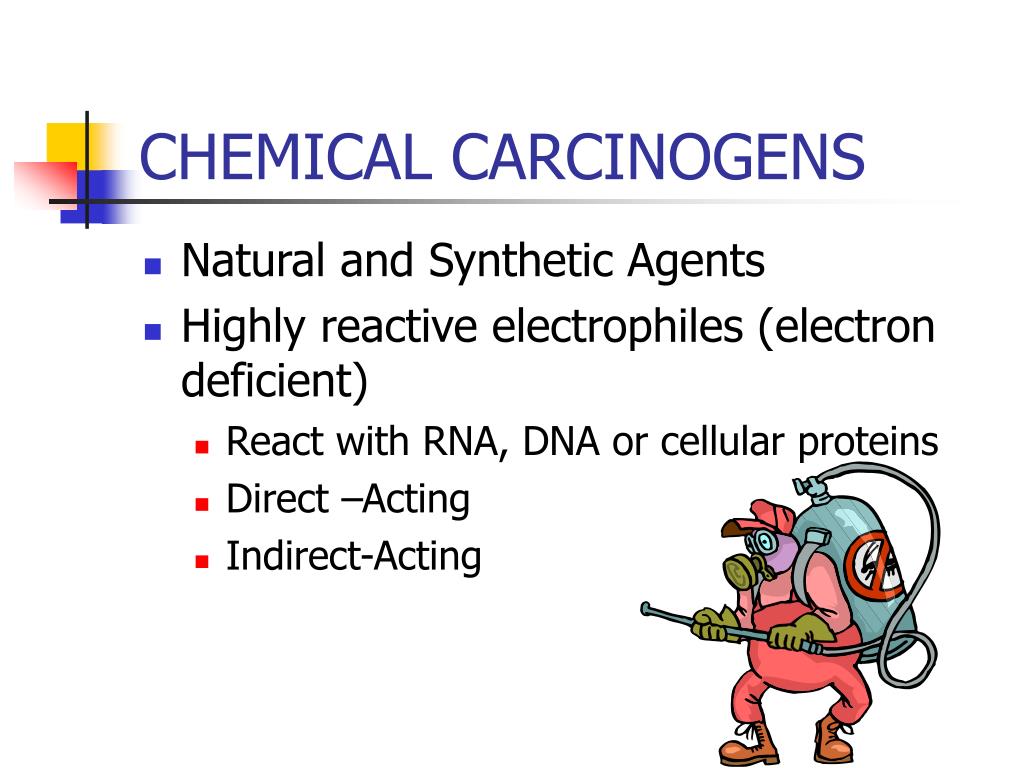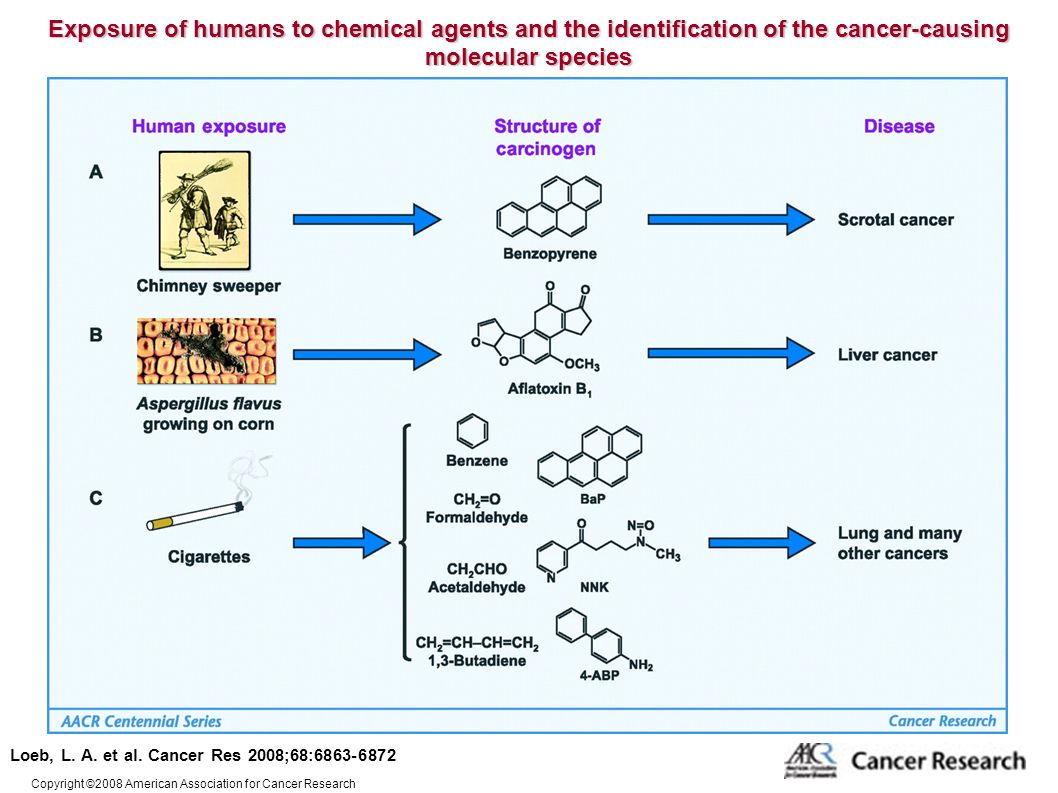Chemicals agents. Chemical Agents: Understanding Hazards, Exposure Routes, and Safety Measures in the Workplace
What are chemical agents and where are they found in workplaces. How can workers be exposed to hazardous chemicals. What potential harm can chemical agents cause to workers. How can employers ensure proper safety measures for handling chemical agents.
Types and Forms of Chemical Agents in the Workplace
Chemical agents are ubiquitous in workplaces across various industries. They encompass a wide range of substances, from everyday items to specialized industrial chemicals. Some common examples include:
- Inks and toners
- Adhesives and paints
- Oils and lubricants
- Hair dyes and cleaning fluids
- Laboratory reagents
- Welding fumes
- Hazardous medicinal products
Chemical agents can exist in various forms, each presenting unique hazards:
- Solids: dust, fumes, fibers, powders
- Liquids: vapors, mists
- Gases
It’s crucial to note that the form of a chemical can significantly impact its hazard level. For instance, a chemical in solid form may be relatively safe, but when ground into a powder or dust, it could become hazardous if inhaled.

Sources of Hazardous Chemical Agents in Work Environments
Hazardous chemical agents can enter the workplace through various means:
- Direct introduction: Chemicals brought in for handling, storage, or processing (e.g., solvents, cleaning agents, glues, resins, paints)
- Process-generated: Chemicals created as byproducts of work activities (e.g., welding fumes, wood dust, flour dust, solvent vapors)
- Waste or residue: Chemicals generated as waste products (e.g., carbon monoxide from generators or engines)
These hazardous agents can be found in a wide array of work settings, including:
- Factories and manufacturing plants
- Hairdressing salons
- Retail shops
- Construction sites
- Farms and agricultural facilities
- Hospitals and healthcare centers
- Printing works
- Dry cleaning establishments
- Office buildings
- Mines and quarries
Exposure Routes: How Workers Come into Contact with Hazardous Chemicals
Understanding the routes of exposure is crucial for implementing effective safety measures. There are four primary ways workers can be exposed to dangerous chemicals:

1. Inhalation
Inhalation is the most common route of exposure, occurring when workers breathe in air contaminated with chemical agents. This can happen in poorly ventilated areas or when working with volatile substances.
2. Absorption
Some chemicals can be absorbed through the skin or eyes. This can lead to immediate irritation or allow the substance to enter the bloodstream, potentially causing systemic effects.
3. Ingestion
Accidental ingestion can occur when workers eat or drink with contaminated hands or in areas where chemicals are present. Proper hygiene practices are essential to prevent this route of exposure.
4. Injection
While less common, injection can happen through accidental needle sticks or when high-pressure equipment forces chemicals directly into the body.
Potential Health Impacts of Hazardous Chemical Agents
The harm caused by hazardous chemical agents can vary widely depending on the specific substance, exposure route, duration, and concentration. Some potential health effects include:

Respiratory Issues
Exposure to respiratory sensitizers like flour dust or soldering flux can lead to the development of asthma or exacerbate existing respiratory conditions.
Skin Disorders
Contact with certain chemicals, such as cement or degreasing agents, can cause skin irritation or dermatitis. In some cases, this can lead to chronic skin conditions.
Carcinogenic Effects
Some chemical agents, like asbestos or benzene, have been linked to various forms of cancer. These effects may not become apparent until years after the initial exposure.
Neurological Impacts
Exposure to toxic fumes, such as solvent vapors, can lead to loss of consciousness or long-term neurological damage.
Ocular Damage
Eye contact with caustic substances or acids can result in irritation, and in severe cases, may lead to vision loss.
Chemical Safety: Implementing Protective Measures in the Workplace
To mitigate the risks associated with chemical agents, employers and workers must implement comprehensive safety measures:

Risk Assessment
Conduct thorough risk assessments to identify potential chemical hazards in the workplace. This process should include:
- Identifying all chemical agents present
- Evaluating their potential hazards
- Assessing the likelihood and severity of exposure
- Determining appropriate control measures
Hierarchy of Controls
Implement a hierarchy of controls to manage chemical risks effectively:
- Elimination: Remove the hazardous chemical from the workplace if possible
- Substitution: Replace hazardous chemicals with less dangerous alternatives
- Engineering controls: Implement ventilation systems, enclosed processes, or other physical barriers
- Administrative controls: Develop safe work procedures, provide training, and limit exposure time
- Personal Protective Equipment (PPE): Provide appropriate PPE as a last line of defense
Training and Education
Ensure all workers receive comprehensive training on:
- The hazards associated with chemical agents in their workplace
- Proper handling and storage procedures
- Emergency response protocols
- Correct use of PPE
- Understanding Safety Data Sheets (SDS)
Regulatory Compliance and Chemical Management Systems
Staying compliant with relevant regulations is crucial for maintaining a safe work environment. Key aspects of regulatory compliance include:

Safety Data Sheets (SDS)
Maintain up-to-date SDS for all chemical agents in the workplace. These documents provide essential information on hazards, handling procedures, and emergency measures.
Chemical Inventory Management
Implement a robust chemical inventory management system to track all chemicals on-site, their quantities, locations, and expiration dates.
Exposure Monitoring
Conduct regular exposure monitoring to ensure that workers are not exposed to chemical agents above permissible limits. This may include air sampling, biological monitoring, or other appropriate methods.
Emergency Preparedness
Develop and regularly practice emergency response procedures for chemical spills, leaks, or other incidents. Ensure that appropriate emergency equipment, such as eyewash stations and safety showers, is readily available.
Emerging Trends in Chemical Safety and Future Considerations
As technology and research advance, new approaches to chemical safety are emerging:
Green Chemistry
The principles of green chemistry focus on designing chemical products and processes that reduce or eliminate the use and generation of hazardous substances. This approach can significantly reduce workplace chemical risks.

Nanotechnology Safety
As nanomaterials become more prevalent in various industries, understanding and managing their unique safety challenges is crucial.
Predictive Toxicology
Advanced computational methods and machine learning are being used to predict the toxicity of chemicals, potentially reducing the need for animal testing and providing faster insights into chemical hazards.
Integrated Management Systems
The trend towards integrating chemical management with overall environmental, health, and safety (EHS) systems can lead to more comprehensive and effective risk management strategies.
By staying informed about these emerging trends and continuously improving chemical safety practices, employers can create safer, healthier work environments while also potentially improving efficiency and sustainability.
What are Chemicals Agents? – Health and Safety Authority
-
Print Page
-
Chemicals agents or chemicals are present in every workplace. For example, inks, toners, adhesives, paints, oils, lubricants, hair dye, laboratory reagents, welding fume, hazardous medicinal products and cleaning fluids are all examples of chemicals.
The term chemical agent means any chemical element or compound, on its own or admixed, as it occurs in the natural state or as produced, used or released, including release as waste, by any work activity, whether or not produced intentionally and whether or not placed on the market.
Chemical agents that have the potential to cause harm to human health or physical harm are referred to as hazardous chemical agents.
Chemical agents can exist in different forms, for example as solids (dust, fumes, fibres, powders), as liquids (vapour, mists) or gases. Different forms of a chemical may present different hazards. For example, a chemical agent in a solid form may not be hazardous but if ground into a powder or dust it may be hazardous when breathed into the lungs.
A hazardous chemical agent may be:
- Brought directly into the workplace and handled, stored and used for processing, for example, solvents, cleaning agents, glues, resins or paints.
- Generated by a process or work activity, for example, fumes from welding or soldering, dust from machining wood, flour dust or solvent vapours.
- Generated as waste or residue, for example, carbon monoxide from a generator or engine.
Where are Hazardous Chemical Agents Found?
Hazardous chemical agents can be found in nearly all work environments such as:
- Factories
- Hairdressers
- Shops
- Construction sites
- Farms
- Hospitals
- Printing works
- Dry cleaners
- Offices
- Mines, and so on.

Exposure to Hazardous Chemicals
There are four main routes by which a worker can be exposed to a dangerous chemical:
- Inhalation – by breathing in air contaminated with the chemical. This is the most common route of exposure.
- Absorption – by contact with the skin or eyes. Some chemicals can damage the skin or cause eye irritation on contact or pass through the skin or mucous membranes into the body.
- Ingestion – by accidentally swallowing the chemical, for example eating with contaminated hands.
- Injection – by injecting the chemical into the bloodstream.
What Harm can Hazardous Chemical Agents Cause to Workers?
The type of harm will depend on the hazardous chemical agent. Examples of the effects of hazardous chemical agents include:
- Asthma as a result of exposure to a respiratory sensitiser such as flour dust or soldering flux.
- Skin irritation or dermatitis as a result of skin contact with a substance such as cement or some degreasing agents.

- Cancer, which may appear long after the exposure to the chemical that caused it, such as with asbestos or benzene.
- Loss of consciousness as a result of being overcome by toxic fumes such as solvent vapours.
- Eye irritation from a splash of caustic or acid which may result in eye irritation or loss of eye sight in severe cases.
CDC | Chemical Agents | Emergency Preparedness & Response
Centers for Disease Control and Prevention. CDC twenty four seven. Saving Lives, Protecting People
Centers for Disease Control and Prevention. CDC twenty four seven. Saving Lives, Protecting People
Emergency Preparedness and Response
A to Z | By Category
- A
- B
- C
- D
- E
- F
- G
- H
- I
- J
- K
- L
- M
- N
- O
- P
- Q
- R
- S
- T
- U
- V
- W
- X
- Y
- Z
A
- Abrin
- Adamsite (DM)
- Ammonia
- Arsenic
- Arsine (SA)
B
- Barium
- Benzene
- Brevetoxin
- Bromine (CA)
- Bromobenzylcyanide (CA) see Riot Control Agents
- BZ
C
- Carbon Monoxide
- Chlorine (CL)
- Chloroacetophenone (CN) see Riot Control Agents
- Chlorobenzylidenemalononitrile (CS) see Riot Control Agents
- Chloropicrin (PS) see Riot Control Agents
- Chromium
- Colchicine
- Cyanide
D
- Dibenzoxazepine (CR) see Riot Control Agents
- Digitalis
- Distilled mustard (HD) see Sulfur mustard
E
- Ethylene glycol
F
- Fentanyls and other opioids
H
- Hydrazine
- Hydrofluoric acid (hydrogen fluoride)
- Hydrogen chloride
- Hydrogen cyanide (AC)
- Hydrogen fluoride (hydrofluoric acid)
L
- Lewisite (L, L-1, L-2, L-3)
- Long-acting anticoagulant (super warfarin)
M
- Mercury
- Methyl bromide
- Methyl isocyanate
- Mustard gas (H) (sulfur mustard)
N
- Nicotine
- Nitrogen mustard (HN-1, HN-2, HN-3)
O
- Opioids
- Osmium tetroxide
P
- Paraquat
- Phosgene (CG)
- Phosgene oxime (CX)
- Phosphine
- Phosphorus, elemental, white or yellow
- Potassium cyanide (KCN)
R
- Ricin
- Riot Control Agents
S
- Sarin (GB)
- Saxitoxin
- Selenium
- Sodium azide
- Sodium cyanide (NaCN) see Cyanide
- Sodium monofluoroacetate (compound 1080)
- Soman(GD)
- Stibine
- Strychnine
- Sulfur mustard (H) (mustard gas)
- Sulfuryl fluoride
- Super warfarin (long-acting anticoagulant)
T
- Tabun (GA)
- Tetrodotoxin
- Thallium
- Trichothecene
V
- VX
W
- White phosphorus
Page last reviewed: April 4, 2018
Content source: National Center for Environmental Health
To receive email updates about this page, enter your email address:
Email Address
What’s this?
Hazardous chemical agents and explosives prohibited from moving to the transport security zone in accordance with the Order of the Ministry of Transport of the Russian Federation dated July 23, 2015 No.
 227, detected by the ChemExpert monitoring and control system
227, detected by the ChemExpert monitoring and control system
Design and manufacture of analytical equipment
+7 (499) 613-11-77
en | en
Possibilities of implementing the provisions of the Order of the Ministry of Transport of the Russian Federation dated July 23, 2015 No. 227 at transport infrastructure facilities during inspection, additional inspection, re-examination in order to ensure transport security using identifiers of hazardous chemical agents and explosives – portable Raman spectrometers “KhimExpert”.
| Substances for which there is a ban or restriction on movement to the transport security zone | Possibilities of ChemExpert software | ||||
| Detection | Identification | ||||
| Explosives (Chapter 2.2 X “Rules for Inspection…”) | |||||
| Brisant | yes | yes | |||
| Industrial | yes | yes | |||
| Initiating | yes | yes based on nitrogen compounds and other mixtures with or without means of initiation | yes | yes | |
| Perchlorates | yes | yes | |||
Pyroxylin, smoky and other gunpowders. | yes | yes | |||
| Hazardous chemical agents (Clause 3.2 of Chapter X of the “Inspection Rules…”) | |||||
| 3,4-methylenedioxyphenyl-2-propanone | yes 900 15 | no | |||
| Adamsite | yes | no | |||
| Nitric acid | yes | yes | |||
| Aconitine | yes | yes | |||
| Ammonia | yes | yes | |||
| Acetic anhydride | yes | yes | |||
| Arsine | yes | no | |||
| Aceclidine | yes | no | |||
| Bi-Zet – Quinuclidyl-3-benzilate (from BZ) – 3-quinuclidyl ester of benzyl acid | yes | no | |||
| Hydrogen bromide | yes | yes 0015 | |||
| VI-gas, VX (from the English. VX), EA 1701 – O-ethyl -8-2-diisopropylaminoethylmethylphosphonate | yes | no | |||
| Tungsten hexafluoride | yes | no | |||
| Gi oscyamine – base, camphorate (L-tropyltropate (camphorate), sulfate (L-tropyltropate (sulfate) | yes | yes | |||
| Glyfluoro (1,3-difluoropropanol-2 (1) 70 – 75%, 1-fluoro-3-chloropropanol-2 (2) 10-20%) | yes | ||||
| Mustard gas (mustard gas) | yes | yes | |||
| I-M liquid (ethyl cellosolve 50%, methanol 50%) | yes 9 0015 | yes | |||
| Liquid containing sodium chloride, uranyl nitrate , 4-chlorobenzaldehyde | yes | no | |||
| Sarin and Soman | yes | yes | |||
| snake venom | yes | ||||
| Diborane | yes | no | |||
| Isosafrole | yes | yes | |||
| Carbacholine (N-(beta-carbamoyloxyethyl)-trimethylammonium chloride) | yes | yes | |||
| Lysergide | yes | no | |||
| Lewisite | yes | no | |||
| Maleic anhydride | yes 9001 5 | yes | |||
| Mercaptophos | yes | no | |||
| Methyl alcohol | yes | yes | |||
| Arsenic anhydride and its derivatives, including their dosage forms in different dosages | yes | yes | |||
| Novarsenol (5-(3-amino-4-hydroxyphenylarseno)-2-hydroxyanilinomethylsulfoxylate) | yes | no | |||
| Perfluoroisobutene | no | ||||
| Piperonal | yes | yes | |||
| Promeran (3-chloromercury-2-methoxypropylurea) and its dosage forms in various dosages | yes | no0015 | yes | no | |
| Ricin | yes | no | |||
| Metal mercury and mercury salts | no | ||||
| Safrole | yes | yes | |||
| Sulfur dioxide | yes | yes | |||
| Sulfuric acid | yes | yes | |||
| Carbon disulfide | yes | yes | |||
| CN – chloroacetophenone | yes | no | |||
| CS – o-chlorobenzylidenemalonic acid dinitrile | yes | no | |||
| Cu-Ar – dibenzoxazepine | yes | no | Hydrocyanic (hydrocyanic) acid, Zyklon-B and metal cyanides | yes | yes |
| Scopolamine hydrobromide x | yes | yes | |||
| Synthetic ethyl alcohol, technical and food, unsuitable for the production of alcoholic beverages | yes | yes | |||
| Total belladonna alkaloids | yes | no | |||
| Salts of pyrophosphoric acid | yes | yes | |||
| Salts of hydrocyanic and thiocyanic acids | yes | yes | |||
| Thallium and its salts | yes (salts) | no | |||
| Nickel tetracarbonyl | yes | no | |||
| Tetraethyl lead and its mixtures with other substances (ethyl liquid and others), except for leaded gasolines | yes | yes | |||
| Phosphorus trichloride | yes | no | |||
| Boron trifluoride | no | ||||
| Phosgene and diphosgene | yes | no | |||
| Zinc phosphide | yes | no | |||
| Phosphorus white (phosphorus yellow) | yes | yes | |||
| Ferrocyanides | yes | no | |||
| Fluorine and strong organic acids | yes | no | yes | yes | |
| Formaldehyde | yes | yes | |||
| Chloroform (Trichloromethane) | yes | no | |||
| Chlorine and chlorine-substituted strong organic acids | yes | yes | |||
| Boron chloride | yes | no | |||
| Hydrochloric acid | yes | yes | |||
| Chloropicrin | yes | no | |||
| Cyan hydrogen | yes | yes | |||
| Cyanic and cyanuric acids, substituted fluorinated and chlorinated | yes | ||||
| Oxalic acid | yes | yes | |||
| Chilibukha extract | yes | no | |||
| Ergometrine and its salts | yes | no | |||
| Ergotamine and its salts | yes | no | |||
| Ethylmercuric chloride | yes | yes | |||
| Ethylene oxide | yes | no 013 | Ethylene glycol | yes | yes |
← Back to section
Biodegradable release agents
Biodegradable release agents are essential for the proper release of concrete from a wide variety of equipment. This prevents its destruction and aging.
This prevents its destruction and aging.
P/N: 25170 – High quality solvent-free release agent for filigree ceilings and hollow walls, with excellent corrosion protection |
P/N: 22040 – Water-immiscible release agent |
P/N: 31860 – Solvent-free, water-immiscible release agent for all common formwork types |
Code: 22030 Divinol Bio-Trennoel is a water-insoluble, solvent-free universal release agent for all common forms of formwork. |
In the process of production of concrete products and structures, molds from various materials are used. For each of them, it is important to ensure proper cleaning, which would not harm the surface. This allows you to extend the life of the equipment, reduce capital costs.
Biodegradable separating agents are used to be able to separate concrete under a wide range of conditions. They do not harm the environment, easily break down into simple compounds in normal natural conditions. Such substances significantly save the costs of enterprises, reducing costs and increasing net profit.
Properties of biodegradable separating agents
In order to be able to clean the formwork of various materials in the production of concrete structures, enterprises use various chemicals. They separate the material of the product from the form in which it was created. Both the durability of the formwork and the duration of the cleaning process depend on the quality of these substances.
Both the durability of the formwork and the duration of the cleaning process depend on the quality of these substances.
Biodegradable release agents are considered the most advanced chemicals in this class. They do not contain solvents. Therefore, under environmental conditions, all components are quickly decomposed. These are the most environmentally friendly types of separating agents.
Moreover, the products presented prevent abrasion of mold and formwork surfaces, as well as swelling and deformation of wooden pallets. Mechanical impacts during cleaning are minimized. This greatly speeds up the production process, facilitating the physical labor of people.
These factors contribute to the active use of biodegradable separating agents for concrete, even at environmental facilities, in agriculture, where there are increased requirements for equipment materials.
Where to buy separating agents?
In order to purchase quality release agents, a trusted manufacturer should be preferred. This is the world famous German brand Zeller+Gmelin. Decades of flawless work and a huge number of positive reviews about its products confirm the high quality of the company’s products.
This is the world famous German brand Zeller+Gmelin. Decades of flawless work and a huge number of positive reviews about its products confirm the high quality of the company’s products.
All industrial chemicals produced by the company have the appropriate quality certificates. Biodegradable release agents meet the highest environmental requirements that apply to similar products today.
Zeller+Gmelin has won numerous awards. The company is included in the list of the best manufacturers in Germany. Zeller+Gmelin has been awarded the Bosch Global Supplier Award. The company’s technologists work tirelessly to improve the formulas of their products. The introduction of innovations allows products to fully meet the growing requirements of consumers.
Divinoil Rus LLC is the official representative of the company in the Russian Federation. Our company is licensed to sell Zeller+Gmelin products. Direct deliveries from Germany are made to our own warehouse in Podolsk.



 Divinol Bio-Trennoel is readily biodegradable (according to OECD 301c >70% within 28 days), marked with the Blue Angel label.
Divinol Bio-Trennoel is readily biodegradable (according to OECD 301c >70% within 28 days), marked with the Blue Angel label.